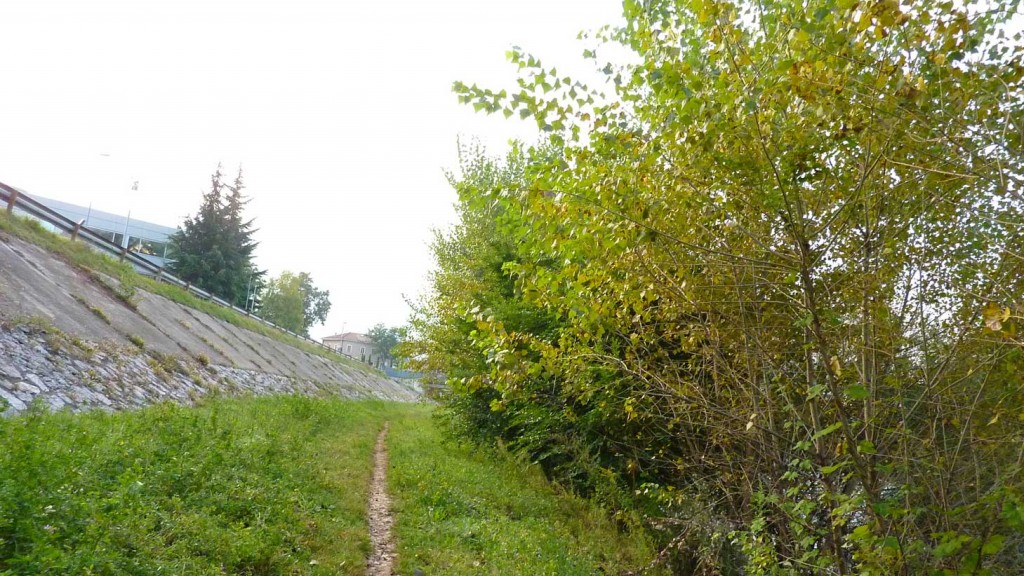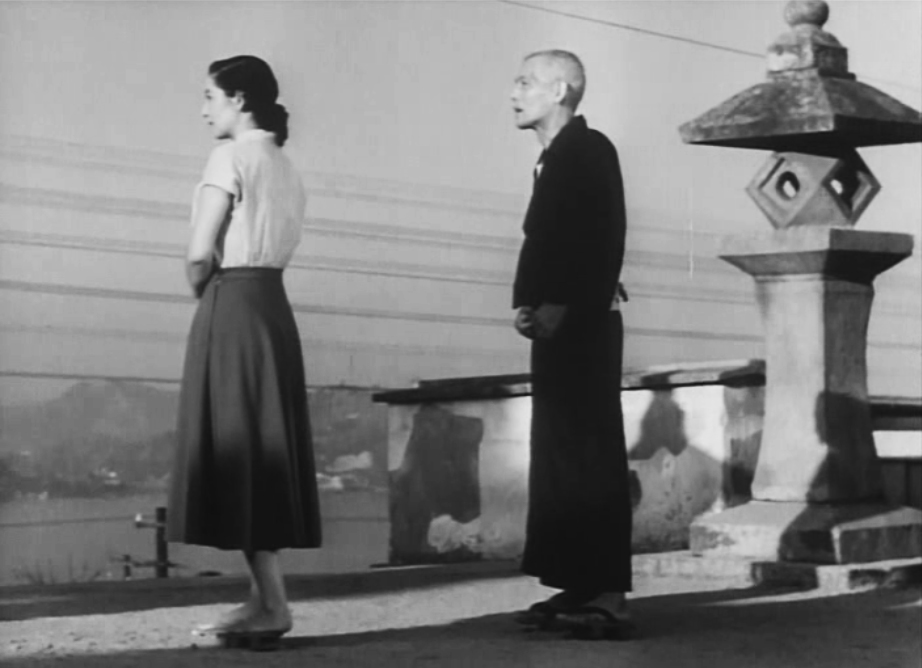
Organized by Giuliana Costa @ Politecnico di Milano, with
Andreas Philippopoulos-Mihalopoulos, Mattias Kärrholm, and myself. On January 31st, 2013

Organized by Giuliana Costa @ Politecnico di Milano, with
Andreas Philippopoulos-Mihalopoulos, Mattias Kärrholm, and myself. On January 31st, 2013
 (co-authored with Cristina Mattiucci) ‘Visualising the riverbank’, in City: analysis of urban trends, culture, theory, policy, action, Volume 16, Numbers 1-2, 1 April 2012 , pp. 221-234
(co-authored with Cristina Mattiucci) ‘Visualising the riverbank’, in City: analysis of urban trends, culture, theory, policy, action, Volume 16, Numbers 1-2, 1 April 2012 , pp. 221-234
http://www.ingentaconnect.com/content/routledg/ccit/2012/00000016/F0020001/art00019
Abstract
Drawing on ethnographic observation of a tract of urban riverbank in the city of Trento, in northern Italy, we attempt to link phenomenological observation of social interaction in public places with larger political concerns about contemporary urban public space. While agreeing with Low et al. (Rethinking Urban Parks: Public Space & Cultural Diversity. Austin: University of Texas Press, 2005) that in order to foster public spaces it is necessary to accommodate the differences in the ways social classes and ethnic groups use and value urban sites, we also argue that one should be wary of planning hubris—which can occur in even `good-willed’ planning, and leads to the creation of domesticated and formalised, but also inherently restricted, spaces for encountering differences.
in Scienza & Politica, 44/2011
Disponibile qui: http://www2.spbo.unibo.it/dist/scienzaepolitica/index.php/scipol/article/view/350/347

(Still from Yasujirō Ozu’s 1953 movie Tokyo Story)
Available at : http://www.spaceandculture.org/2011/05/26/book-review-milieu-and-human-identity-notes-towards-a-surpassing-of-modernity/
(avec quelques allusions foucaldiennes évidentes)
Available at: http://www.scriptopolis.fr/des-choses-aux-mots/
in Giovanna Sonda, Claudio Coletta, Francesco Gabbi (eds.) Urban Plots, Organizing Cities. Farnham: Ashgate, pp. 23-34.
Convergence: The International Journal of Research into New Media Technologies November 2010 16: 471-487, doi:10.1177/1354856510375528
http://con.sagepub.com/content/16/4/471
The article addresses the relationships between new media and public urban environments. It advances an anti-reductionist argument, which seeks to understand the material and the immaterial as two irreducible yet intertwined layers or levels of the social sphere. In order to do so, the notion of prolongation is proposed. This notion, together with those of territory and visibility, is explicitly designed to escape both reductionist monism (material as immaterial or vice versa) and dualism (material versus immaterial). The hypothesis is that the environments created and edited by the new media can be conceptualized and studied as specific visibility regimes of urban territoriality. The use of the concepts of territory, prolongation, and visibility also leads to deexceptionalizing the new media, insofar as new media are explained as a specific techno-social configuration, determined by a pattern of the same analytical variables that are at stake in the social sphere at large.
L’interesse per il tema delle periferie urbane – oggi variamente ribattezzate
«città abbandonata», «città negata», «città senza città», «quartieri sensibili» o altro – che è fiorito in anni recenti nella sociologia italiana può essere letto in modo ambivalente. Da un lato infatti esso corre dei rischi, dall’altro offre però delle importanti possibilità. I rischi sono legati al fatto che l’agenda degli interessi della ricerca sociale venga dettata dai mass media e dalle priorità di questi ultimi. Nel momento in cui i media sollevano a gran voce i temi della sicurezza urbana, agitano lo spettro dei quartieri-ghetto e dipingono le periferie come il ricettacolo di tutti i cancri sociali del paese, la ricerca sociale è in un certo senso forzata a correre a verificare, ma l’operazione corre sempre il rischio di finire per adottare e più o meno inconsciamente avallare e legittimare tutta una serie di retoriche e parole d’ordine di stampo politico-mediatico. Come cantava Battiato, non è facile restare calmi e indifferenti mentre tutti intorno fanno rumore. Dall’altro, in positivo, una serie di possibilità sono aperte da quelle ricerche, di cui vorrei parlare in questo breve testo, che hanno prodotto dei risultati interessanti e soprattutto hanno saputo difendere la specificità epistemica e, non da ultimo, la temporalità propria della ricerca sociale – una temporalità che per sua costituzione dovrebbe contrapporsi ai ritmi fibrillanti, ai riflessi condizionati del pensiero e alla mancanza di memoria a lungo termine che caratterizza i mass media.
.
Una discussione sui seguenti libri:
Caritas Italiana – Mauro Magatti (a cura di), La città abbandonata: dove sono e come cambiano le periferie italiane, Bologna, Il Mulino, 2007.
Paola Briata, Massimo Bricocoli e Carla Tedesco, Città in periferia: politiche urbane e progetti locali in Francia, Gran Bretagna e Italia, Roma, Carocci, 2009.
Franco Ferrarotti e Maria I. Macioti, Periferie: da problema a risorsa, Roma, Teti, 2009.
Antida Gazzola, Intorno alla città: problemi delle periferie in Europa e in Italia, Napoli, Liguori, 2008.
Laura Bovone e Lucia Ruggerone (a cura di), Quartieri in bilico: periferie
milanesi a confronto, Milano, Mondadori, 2009.
(with Ricardo Campos) (eds.) Special Issue of Forum sociológico, no. 18
http://forumsociologico.fcsh.unl.pt/Detalhes.aspx?ID=Ed18art01.html.html
https://sociologico.revues.org/76
Pdf here : introducao
Space and Culture, Vol. 13(3): 315-332, July 2010
http://sac.sagepub.com/content/13/3/315
.
The article is based on an ethnographic observation of a crew of graffiti writers in the northeast of Italy. Extending some considerations emerging from the case study, the article advances a reflection on the territorial dimension of graffiti writing in urban environments and the relationship between walls, social relationships and the public domain. This task entails understanding walls as artefacts that are subject to both strategic and tactical uses, as well as the relationship between walls and the public domain as a territorial configuration. In particular, graffiti writing is observed as an interstitial practice that creates its own specific way of using walls: it is a “longitudinal” rather than a “perpendicular” style, which transform the wall into a fragment of a “prolongable” series, a part of a continuing conversation.
published by professionaldreamers, Trento, 2009 – ISBN 978-88-904295-0-7
Full text at | https://www.academia.edu/4093945/The_Wall_and_The_City_Ed_